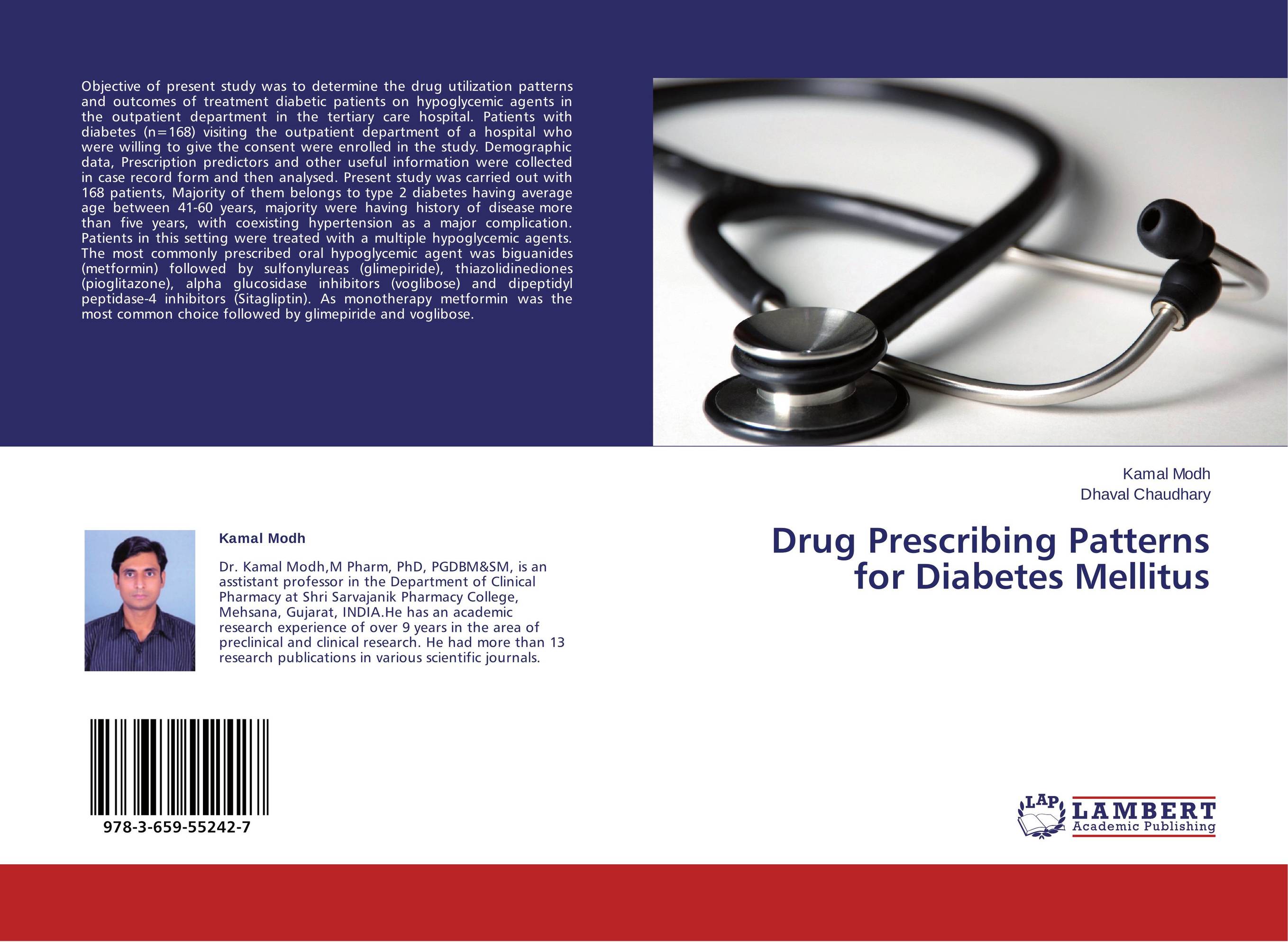| Поиск по каталогу |
|
(строгое соответствие)
|
- Профессиональная
- Научно-популярная
- Художественная
- Публицистика
- Детская
- Искусство
- Хобби, семья, дом
- Спорт
- Путеводители
- Блокноты, тетради, открытки
Drug Prescribing Patterns for Diabetes Mellitus.

В наличии
| Местонахождение: Алматы | Состояние экземпляра: новый |

Бумажная
версия
версия
Автор: Kamal Modh and Dhaval Chaudhary
ISBN: 9783659552427
Год издания: 2014
Формат книги: 60×90/16 (145×215 мм)
Количество страниц: 72
Издательство: LAP LAMBERT Academic Publishing
Цена: 23635 тг
Положить в корзину
| Способы доставки в город Алматы * комплектация (срок до отгрузки) не более 2 рабочих дней |
| Самовывоз из города Алматы (пункты самовывоза партнёра CDEK) |
| Курьерская доставка CDEK из города Москва |
| Доставка Почтой России из города Москва |
Аннотация: Objective of present study was to determine the drug utilization patterns and outcomes of treatment diabetic patients on hypoglycemic agents in the outpatient department in the tertiary care hospital. Patients with diabetes (n=168) visiting the outpatient department of a hospital who were willing to give the consent were enrolled in the study. Demographic data, Prescription predictors and other useful information were collected in case record form and then analysed. Present study was carried out with 168 patients, Majority of them belongs to type 2 diabetes having average age between 41-60 years, majority were having history of disease more than five years, with coexisting hypertension as a major complication. Patients in this setting were treated with a multiple hypoglycemic agents. The most commonly prescribed oral hypoglycemic agent was biguanides (metformin) followed by sulfonylureas (glimepiride), thiazolidinediones (pioglitazone), alpha glucosidase inhibitors (voglibose) and dipeptidyl peptidase-4 inhibitors (Sitagliptin). As monotherapy metformin was the most common choice followed by glimepiride and voglibose.
Ключевые слова: hospital, Tertiary care, Diabetes mellitus, hospital, Drug Prescribing Pattern, Tertiary care



